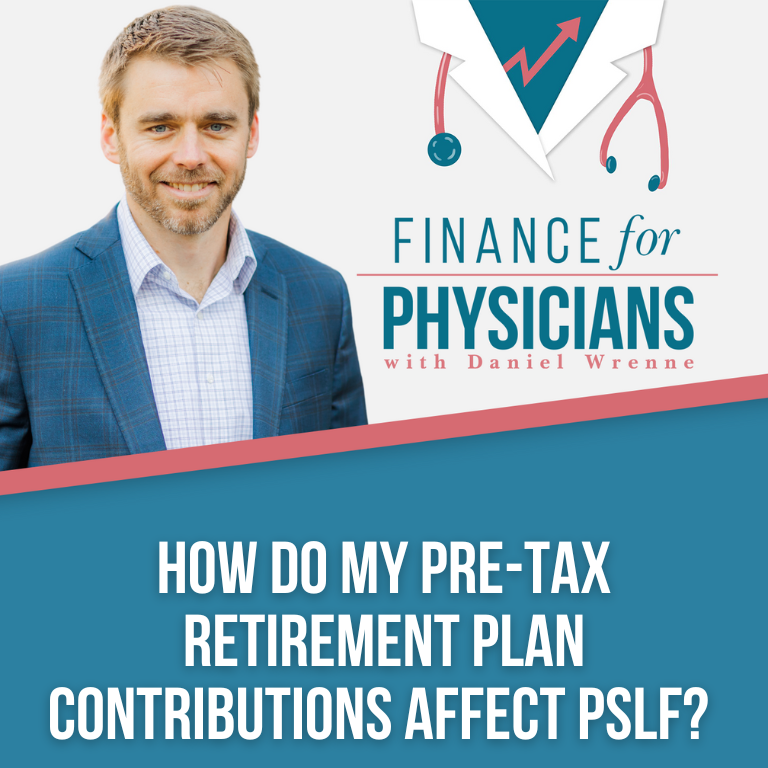Most people saving for retirement have a choice between paying taxes now or later. Pre-tax accounts avoid taxation now, but you end up paying tax on those dollars when the money comes out. Post-tax – “Roth” – accounts are taxed now, and then come out tax-free later.
So how do you decide between these two?
The most important factor to consider is your marginal tax rate now vs. your marginal tax rate when you plan to take the money out. If your marginal rate is higher now than it will be when you take it out, the pre-tax account generally provides more value. If the reverse is true, then the Roth account tends to look better. If the rates are the same going in and coming out, it’s a toss up.
What if you are a young professional? Maybe your compensation is lower now but you’re expecting it to go up considerably in the future, as will your marginal tax rate. If we’re using this general rule of thumb, it would be easy to conclude that these young professionals are much better served using the post-tax Roth accounts now. They might as well pay taxes on it now when the rates are lower.
But what if you have student loans and are going for PSLF?
Did you know that plays into this too? With PSLF, the goal is to pay the least amount possible over the required 120 payments. Lower payments = more forgiveness and more money in your pocket. Your PSLF qualifying payments are most often set based on your income, therefore, lower income = lower payments = more forgiveness. Now, we’re not going to advocate asking for a pay reduction here. But maybe we can “lower your income” through other means and therefore save money on PSLF.
What is “income” for PSLF?
Income is typically based on your adjusted gross income “AGI”. AGI is income adjusted by several things. One of those adjustments is pre-tax retirement plans. Are your wheels turning now? If you save more into pre-tax retirement plans, your AGI goes down. If AGI goes down, income-based payments go down. If income based payments go down, forgiveness goes up.
So for those going for PSLF, pre-tax retirement plans save you taxes now based on your marginal rate, just like everyone else. But unlike everyone else, they also save you money on your student loans. And so it would be wise to take this unique savings into consideration when deciding between after-tax and pre-tax retirement accounts.
How might this affect you? Let’s take a look.
Pre-Tax Savings On PAYE and RePAYE With PSLF
- $10,000 contributed to a pre-tax retirement account reduces your “AGI” by $10,000
- If your AGI is $10,000 less, your annual loan payment under PAYE and RePAYE will be $1,000 less
- This is $1,000 not paid on loans that will ultimately be forgiven via PSLF tax-free
- This essentially gets you an additional tax boost on pre-tax savings equal to 10% of the amount contributed
- If your marginal rate is 25%, you would save 25 cents for every 1 dollar in retirement plan contributions
- This gets bumped up to 35 cents on the dollar if you’re going for PSLF using PAYE or RePAYE.
Pre-Tax Savings On IBR With PSLF
- The same logic as above applies under IBR except it’s a 15% PSLF savings boost. So you save 15 cents for every pre-tax dollar contributed. And this boosts the 25% marginal savings to 40%.
Dr. Johns is in residency and has a 25% marginal (state plus federal) income tax rate. She wants to contribute to retirement plans but isn’t sure if she should do pre-tax or Roth contributions. She is fairly confident her marginal rate will be higher when she is taking the money out. Her best guesstimate is that her retirement marginal rate will be 30%.
Typical rules of thumb would say Dr. Johns should go for the Roth contribution. Her tax bracket is low now and will be higher in the future. Therefore, she will save on taxes by paying taxes now (at 25%) and withdrawing tax-free later (at 30%). Normally, this is sound advice. But this rule of thumb fails to consider the added PSLF value associated with the pre-tax savings.
The PSLF value provides an additional 10-15% in PSLF savings as noted above. Therefore, the Traditional (pre-tax) contribution effectively provides tax and PSLF savings of 35-40% on the contribution amount. At this rate, it’s much better to skip the Roth and instead take the tax/PSLF savings now by using the pre-tax plan.
Once Dr. Johns is in practice, the numbers become even more compelling. If she is now at full earning capacity, has a marginal rate of 40% and is considering the same decision, the PSLF value bumps the marginal impact up 10-15% to 50-55% on pre-tax contributions. That makes the pre-tax contributions even more appealing.
Keep in mind, this same logic applies to contributions to health savings accounts “HSA”, flex spending accounts “FSA”, health insurance premiums or anything else that reduces your AGI.
What Happens If PSLF Blows Up?
Some of you might be thinking that PSLF isn’t going to pan out. And I would agree that for most people, PSLF is a ticking time bomb. In the first run, 99% of applicants were declined. But it’s for reasons that might surprise you. Hint: it’s mostly due to borrower mistakes.
If you want to avoid messing with all these details and would rather have help, give us a shout. We’re here to help take these things off your plate.
